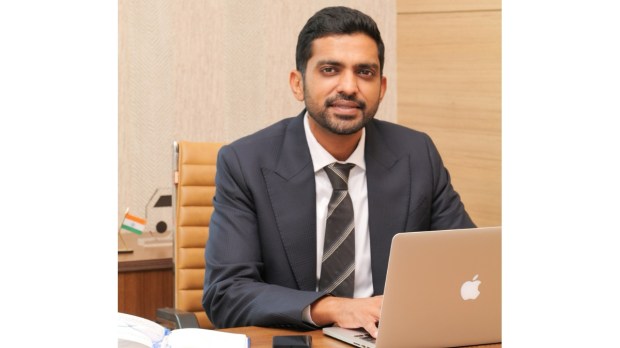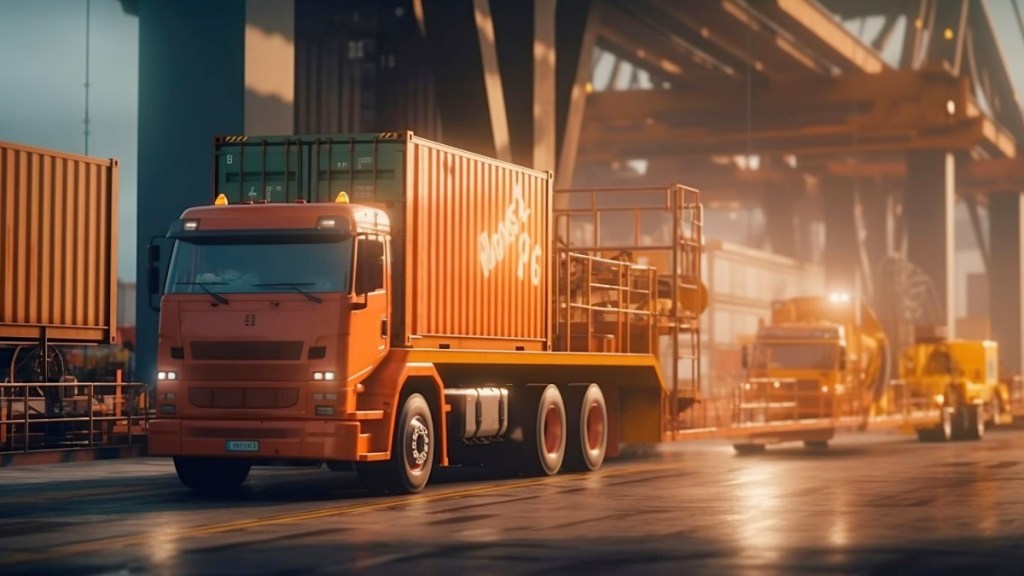India, despite its massive road network and connectivity through air and sea, faces unique challenges in terms of logistics. While this is being addressed by the government with new policies, the sector is also looking at ways to be more environmentaly conscious. In response to the significant ecological concerns associated with logistics, the industry is actively adopting eco-friendly practices to ensure that in the future it will be sustainable and resilient for the supply chain.
Sustainable mobility
As one of the leading domestic multimodal logistics solutions companies in India, sustainability is a core focus at CJ Darcl Logistics. The company has incorporated several sustainability initiatives such as shifting operations from roadways to railways and significantly reducing carbon emissions through its sustainable practices.
“For short-haul deliveries, the logistics industry is trying to incorporate electric vehicles in their daily logistical operations. This will further help in reducing carbon emissions, improve travel options, reduce waste and increase overall efficiency,” said Nikhil Agarwal, President, CJ Darcl Logistics This is further supported by the sales of EVs in the last mile and small commercial vehicle segment.
As for long-haul deliveries, alternate fuels are a possible option to bring down the harmful emissions from petrol and diesel trucks. Agarwal pointed out that, “one of the core principles of green logistics is utilizing renewable energy sources. It involves harnessing solar, wind, and other renewable energy technologies to power logistics operations.”
Road network — The backbone of logistics
India largely depends on its extensive road network for transporting goods and it makes up for 60 percent. “From building 12.1km per day of roads to seeing 28.6km per day of roads, the increased connectivity has made India the second largest road network with 63.73 lakh km of road network available. As for highways, we have seen an unprecedented 50,000 km of national highways being constructed,” added Agarwal.
The development of road networks is a boon to logistic companies as they not only reduce the wear and tear of their fleet of vehicles and deliver goods quicker but also allow logistics companies to carry a heavier payload and reduce driver fatigue, making roads safer.

The planned investments of $1.4 trillion by 2025 across various sub-sectors, such as energy, roads, railways, and urban development, are poised to boost associated industries, generate employment, and strengthen the overall economy. “To bring a positive transformation in this sector, integrating technology such as advanced tracking systems, and artificial intelligence within our logistical operations is one of the major strategies to implement,” added Agarwal.
Addressing the logistics problem
The pandemic left a big dent in the supply chain system, which includes logistics. Carmakers were left with a massive backlog but that is currently easing out. “Major gaps that persisted a few years ago revolved around inadequate warehousing facilities, poor road connectivity, increased pollution and lagging transportation.”
Now, however, with the introduction of building multimodal parks for better connectivity and seamless movement of goods and services to bring sustainable measures on the road, there have been various measures that have been implemented to aid the pressing issues evolving in the logistics industry.
Government projects like Bharatmala, which focuses on improving efficiency in the road sector, and Sagarmala, a port-led development that focuses on logistic-intensive industries, supported by efficient and modern port infrastructure, target the improvement of road and port infrastructure.
“In terms of better warehousing and distribution, multiple state-of-the-art facilities are constructed with advanced technologies and well-organised systems in place. With the government’s focus on multimodal connectivity, the use of rail, sea, and road has increased immensely,” added the President.
The international logistics space also has scope for improvement, as Agarwal mentions, “Fluctuations in international trade policy present a significant challenge for global supply chains. The implementation of trade barriers, such as tariffs and quotas, disrupts the established flow of goods and materials, leading to delays in shipments, increased production costs, and uncertainty in sourcing essential materials.”
Solutions to these include employing strategic responses, diversifying the supplier base, and reshoring production to mitigate these disruptions and ensure continued operational efficiency. “The use of digital technologies like RFID, GPS and the introduction of the E-way bill has eased multiple logistical challenges as it has enabled the tracking of goods, reduced theft and initiated electronic documentation eliminating the need for physical paperwork and state boundary check posts.”


















